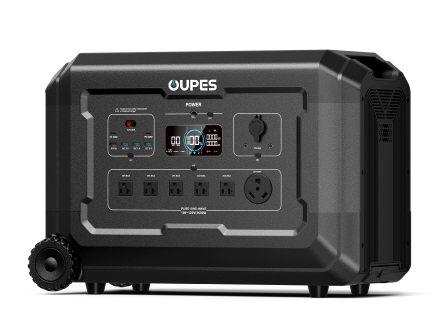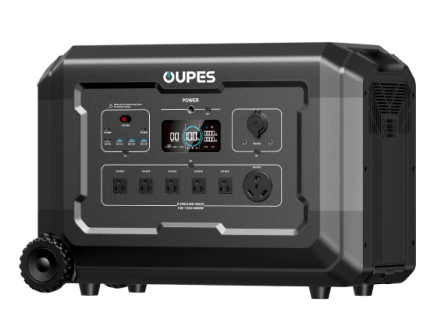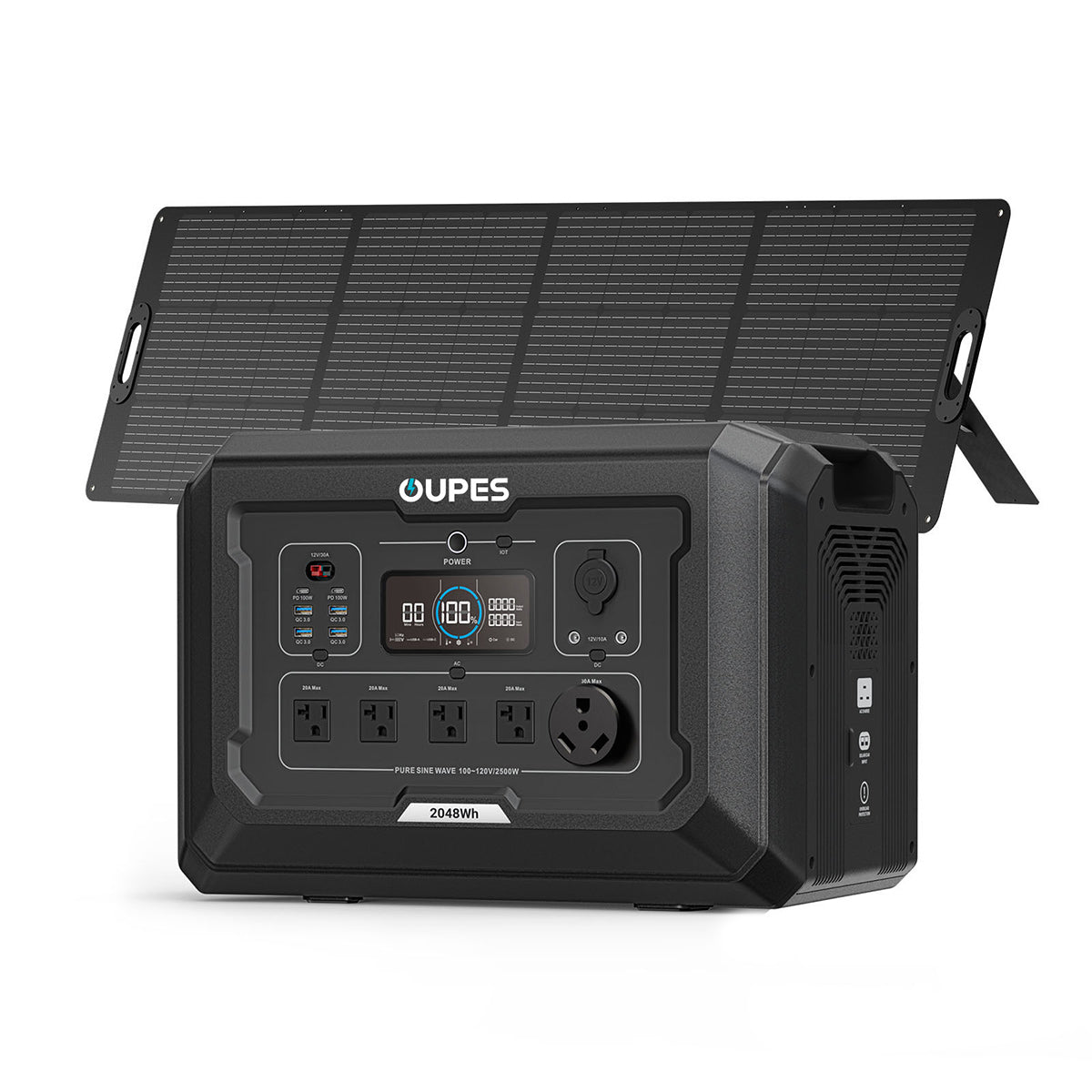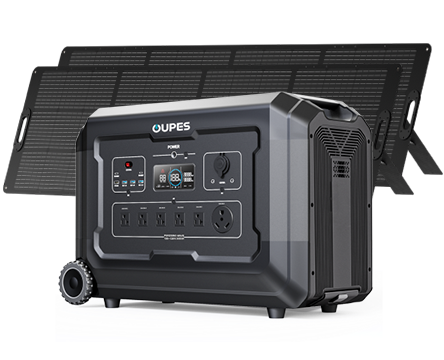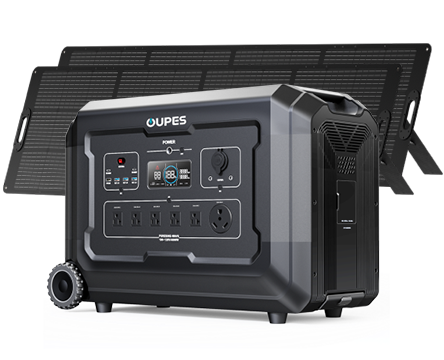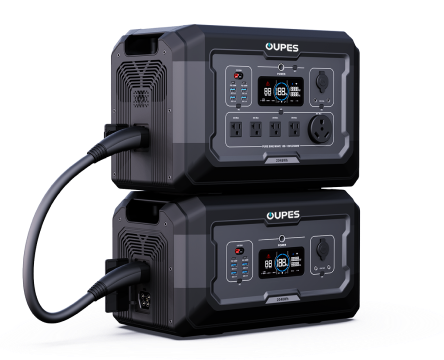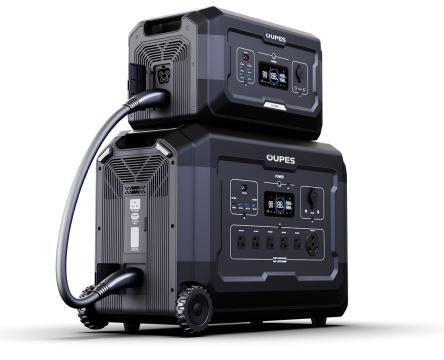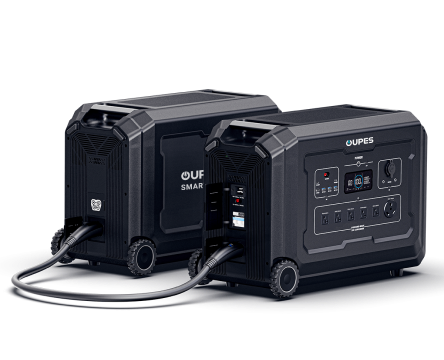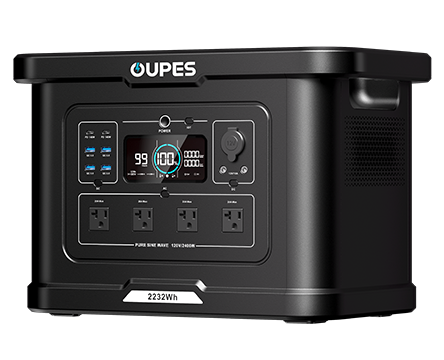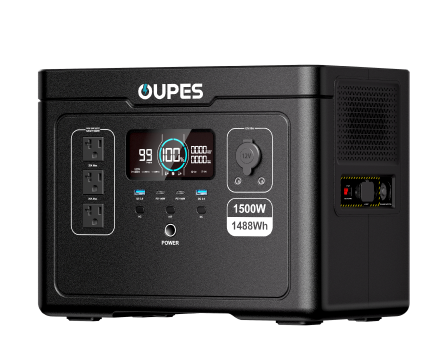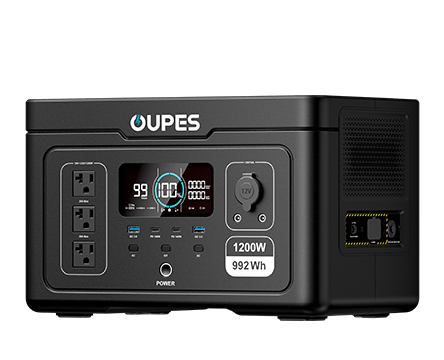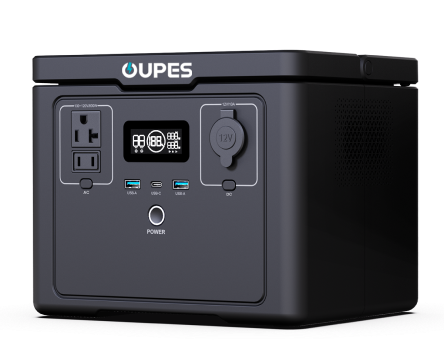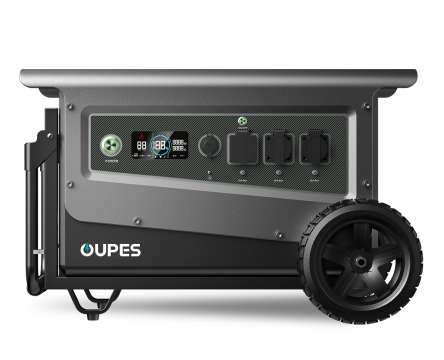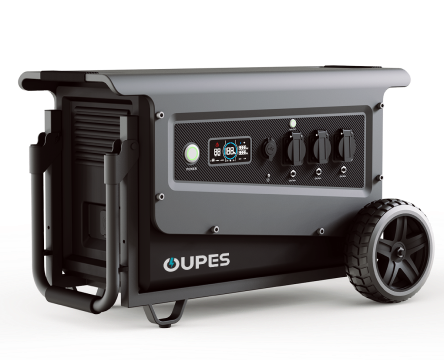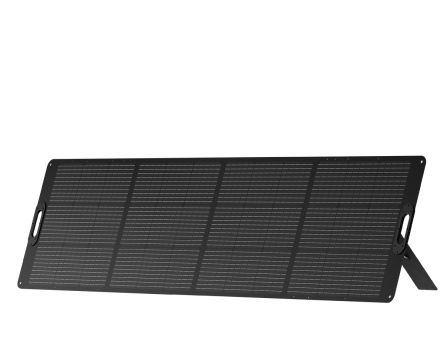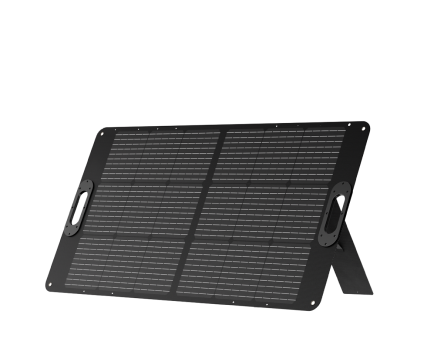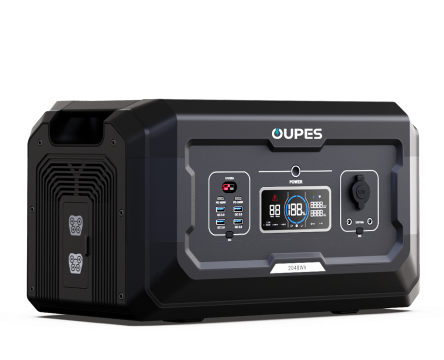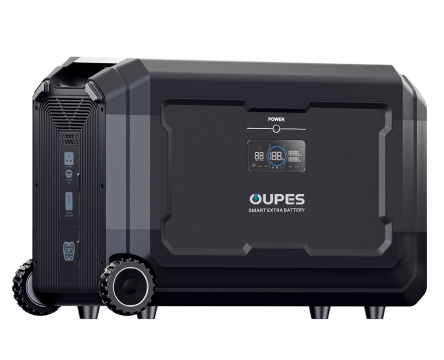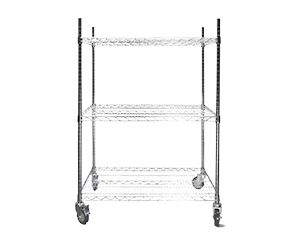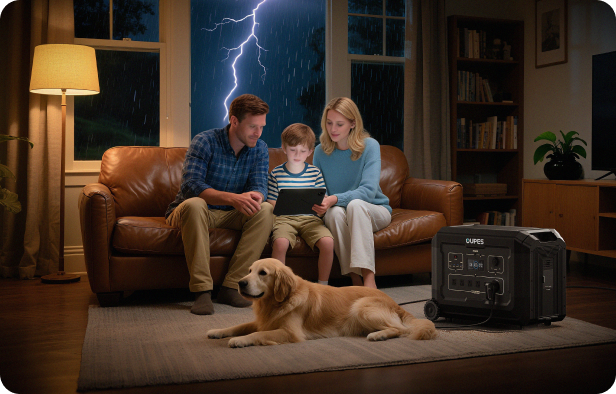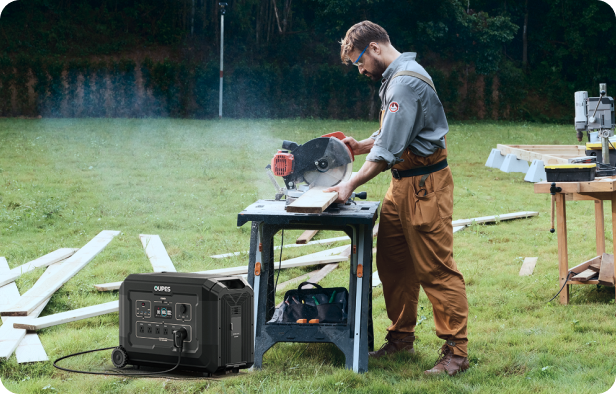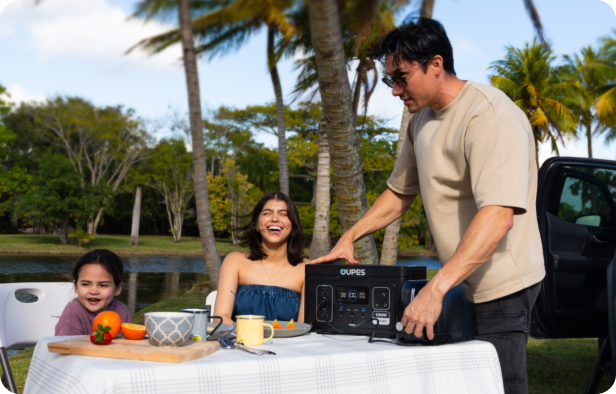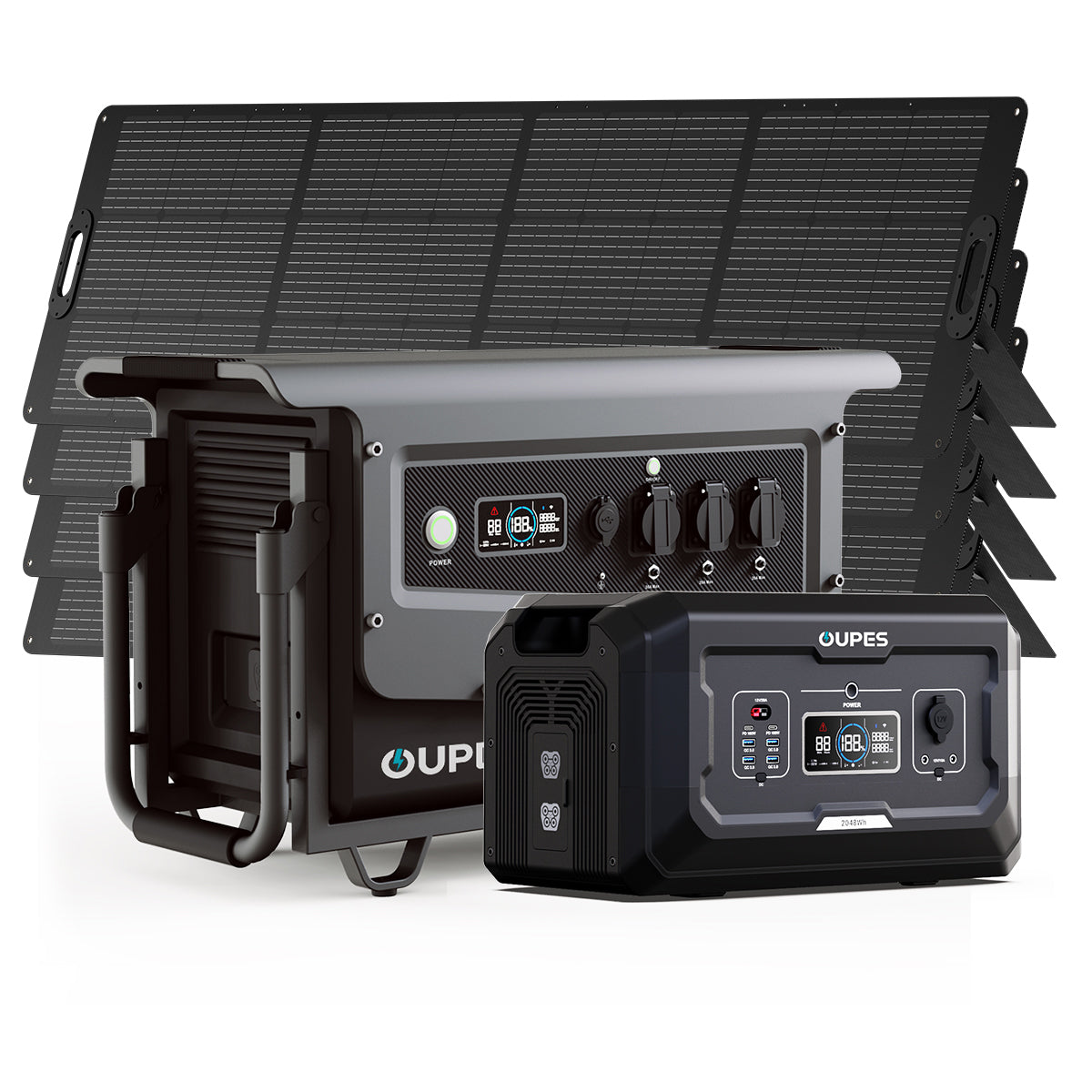
Imagine a fierce storm plunging your neighborhood into darkness, yet inside your home, lights glow steadily, the refrigerator hums, and your Wi-Fi remains online—all powered silently by the sun. The concept of a solar generator sustaining an entire household once seemed like science fiction, but advancements in renewable energy technology have turned this vision into a tangible reality. However, the question isn’t just whether it’s possible, but under what conditions and with what compromises. Let’s unravel the complexities of using solar generators as a primary power source for homes.
Solar generators, often compact and modular, are no longer limited to charging phones during camping trips. Modern systems can store enough energy to keep critical home systems running during outages or even support off-grid living. But transitioning from fossil fuel dependency to solar sovereignty requires careful planning, an understanding of energy needs, and strategic investment. This article explores the feasibility, challenges, and innovations that determine whether sunlight alone can power your domestic life.
Understanding Household Energy Demands
Before assessing a solar generator’s capability, you must first decode your home’s energy appetite. Start by auditing daily consumption: refrigerators (150-400W), HVAC systems (1,500-5,000W), lighting (10-100W), and electronics. The average U.S. household consumes about 30 kWh daily—equivalent to running a 1,250W device nonstop for 24 hours. However, survival during outages requires prioritizing essentials. A pared-down load of fridge, lights, router, and medical devices might need 5-10 kWh daily, a more achievable target for solar systems.
Peak loads present another hurdle. While a solar generator’s continuous output might handle 3,000W, simultaneous activation of high-draw appliances—like a microwave (1,000W) and air conditioner (3,500W)—could overwhelm it. Strategic load management through smart panels or timed usage becomes crucial. Advanced systems like the OUPES Mega 5 employ AI-driven load shedding, automatically disconnecting non-essentials when demand exceeds supply.
Seasonal variations dramatically impact solar viability. Winter in Alaska provides barely 3 hours of weak sunlight, demanding massive battery reserves, while Arizona summers offer abundant photons but risk overheating components. Geographic energy calculus—multiplying solar irradiance data (kWh/m²/day) by panel efficiency—determines daily harvest potential. Off-grid homes in sunny regions might thrive with 10kW solar arrays, while northern latitudes require hybrid wind-solar setups.
Components of a Whole-House Solar Generator System
A true home solar generator isn’t a single device but an ecosystem. Photovoltaic panels act as the lungs, inhaling sunlight. Tier-1 monocrystalline panels now exceed 22% efficiency, but real-world factors like shading and angle reduce yields. Ground-mounted dual-axis trackers optimize exposure but demand space and sturdy engineering—rooftop arrays sacrifice efficiency for convenience.
The battery bank serves as the heart, with lithium iron phosphate (LiFePO4) chemistry dominating modern systems. Unlike older lead-acid batteries that degrade quickly, LiFePO4 cells endure 6,000 cycles while maintaining 80% capacity. A 10kWh battery bank—the size needed to power basics overnight—occupies about 8 square feet and weighs 300-500 pounds. Modular systems allow gradual expansion, letting homeowners start with 5kWh and add units as budgets permit.
Inverters and charge controllers form the nervous system. Pure sine wave inverters (3,000-12,000W) must perfectly mimic grid power to avoid damaging sensitive electronics. Maximum Power Point Tracking (MPPT) controllers optimize panel output, squeezing 30% more energy than older PWM models. Smart hybrid inverters can even blend solar, battery, and grid power seamlessly—critical for homes not fully off-grid.
Real-World Deployment Scenarios and Limitations
For suburban homes, solar generators often play a backup role. A 5kWh system with 3kW output can sustain refrigerators, LED lights, and phones for 12-18 hours. During California’s PSPS blackouts, such systems prevent food spoilage and keep CPAP machines running. However, central air conditioning usually remains out of reach—a 3-ton AC unit demands 3,500-5,000W, quickly draining even robust batteries.
Off-grid cabins demonstrate solar’s potential when designed holistically. Energy-efficient DC appliances—12V refrigerators (50W), LED lighting systems (5W/fixture), and propane hybrids for cooking—reduce demand to 2-3 kWh daily. Coupled with 2kW solar arrays and 10kWh batteries, these homes achieve true energy independence. Yet they sacrifice modern luxuries: no electric vehicle charging, limited hot water, and manual energy monitoring.
Urban solar adopters face regulatory hurdles. Many municipalities restrict battery storage sizes, mandate grid-tie systems that shut down during outages, or limit rooftop panel coverage. Solutions like the OUPES FlexGrid system use transfer switches and sub-panels to isolate critical circuits legally, providing backup power without violating codes. Still, the upfront cost—$15,000-$30,000 for full-home systems—remains prohibitive without incentives.
The Future of Solar-Powered Homes
Emerging technologies promise to shrink today’s limitations. Perovskite solar cells, nearing commercialization, boast 33% efficiency and work in low light. Solid-state batteries threaten to double storage density while eliminating fire risks. Smart homes with AI-driven energy management could reduce consumption 40% by micro-scheduling devices—running dishwashers only during peak solar production.
Grid-forming inverters already enable solar microgrids where multiple homes share resources. Community battery projects let urbanites without rooftops store solar energy remotely. Vehicle-to-home (V2H) tech transforms EVs into 100kWh battery assets—enough to power a house for days. These innovations suggest a near future where solar generators aren’t just backup systems but the grid’s backbone.
Yet challenges persist. Recycling lithium batteries remains energy-intensive, and mining critical minerals raises ethical concerns. Solar panel production still involves carbon emissions, though new factories powered by renewables are neutralizing this. The true test isn’t technical feasibility but creating systems that are equitable, sustainable, and adaptable to our changing climate.
Conclusion: Solar Generators as Domestic Power Hubs
Can a solar generator power a house? Absolutely—but with asterisks. It requires meticulous energy budgeting, climate-appropriate sizing, and acceptance of lifestyle adjustments. For outage-prone areas, modern systems offer reliable backup that outperforms noisy gas generators. Off-grid pioneers demonstrate full solar independence is achievable through efficiency and sacrifice.
The solar revolution’s next phase isn’t about brute-force energy production but intelligent integration. As battery prices plummet and regulations evolve, solar generators will transition from specialty items to standard home infrastructure. They won’t just power houses—they’ll redefine our relationship with energy, turning every home into both consumer and creator in the energy ecosystem.


